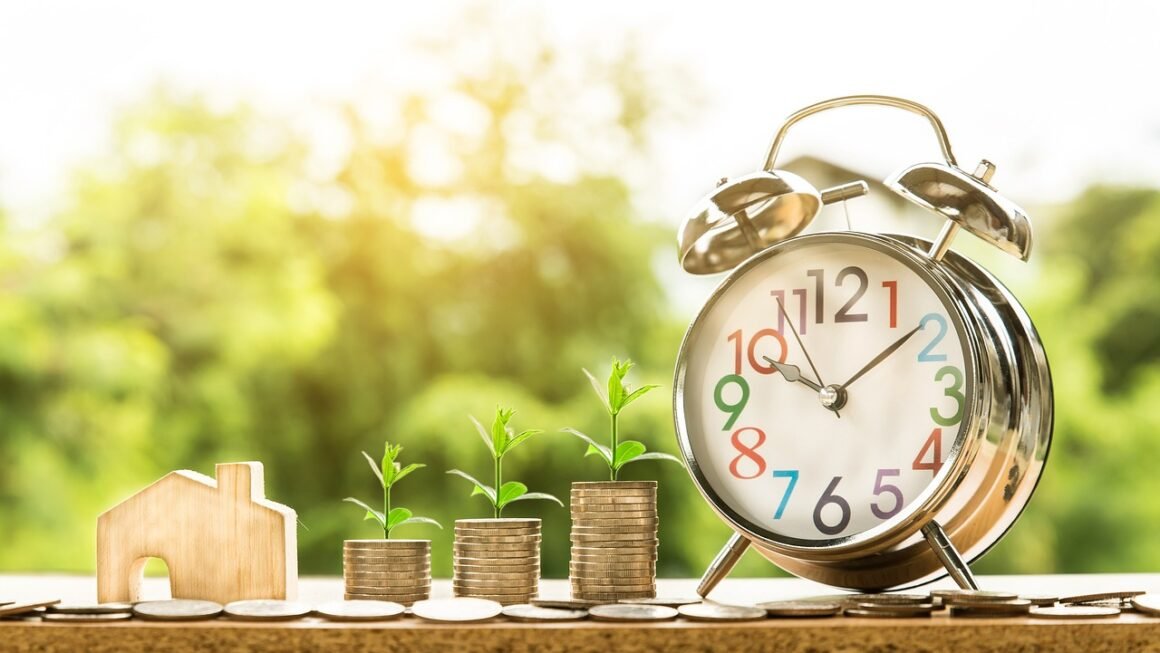Sustainability isn’t just a buzzword; it’s a fundamental shift in how we approach our lives, businesses, and the planet’s resources. In an increasingly resource-constrained world, understanding and embracing sustainability is not just ethically responsible; it’s crucial for long-term survival and prosperity. This blog post will delve into the multifaceted world of sustainability, providing actionable insights and practical examples to help you make a real difference.
Understanding Sustainability
Defining Sustainability
Sustainability refers to meeting the needs of the present without compromising the ability of future generations to meet their own needs. It’s a holistic concept encompassing environmental, social, and economic dimensions, often referred to as the “triple bottom line”: People, Planet, and Profit.
- Environmental Sustainability: Preserving natural resources, minimizing pollution, and protecting biodiversity.
- Social Sustainability: Creating equitable and inclusive communities, promoting human rights, and ensuring access to essential resources.
- Economic Sustainability: Fostering economic growth that is both inclusive and environmentally responsible, ensuring long-term prosperity for all.
Why is Sustainability Important?
The urgency of sustainability stems from the growing awareness of the interconnectedness between human activities and the planet’s well-being.
- Climate Change: Reducing greenhouse gas emissions to mitigate the impacts of climate change, such as rising sea levels, extreme weather events, and ecosystem disruption. The IPCC report indicates a need for significant emissions reductions to limit global warming to 1.5°C.
- Resource Depletion: Conserving finite resources, such as fossil fuels, minerals, and water, to ensure their availability for future generations.
- Biodiversity Loss: Protecting ecosystems and preventing species extinction to maintain the stability and resilience of natural systems.
- Social Equity: Addressing social and economic inequalities to create a fairer and more just world for all.
Implementing Sustainability in Daily Life
Reducing Your Carbon Footprint
Your carbon footprint is the total greenhouse gas emissions caused by your actions. Reducing it involves making conscious choices about your consumption patterns.
- Transportation: Opt for public transportation, cycling, or walking whenever possible. Consider electric or hybrid vehicles if you need to drive.
Example: Carpooling with colleagues can significantly reduce individual carbon emissions.
- Energy Consumption: Use energy-efficient appliances, switch to renewable energy sources (solar, wind), and practice energy conservation at home.
Example: Installing LED lighting can reduce energy consumption by up to 75%.
- Diet: Reduce meat consumption, choose locally sourced and seasonal foods, and minimize food waste.
Example: Participating in “Meatless Mondays” can reduce your environmental impact.
- Waste Reduction: Practice the 3 R’s: Reduce, Reuse, Recycle. Compost food scraps and yard waste.
Example: Using reusable shopping bags and water bottles significantly reduces plastic waste.
Sustainable Consumption
Sustainable consumption involves making informed purchasing decisions that minimize environmental and social impacts.
- Buy Local: Support local businesses and farmers to reduce transportation emissions and promote economic sustainability.
- Choose Sustainable Products: Look for products made from recycled materials, certified organic, or produced using environmentally friendly processes.
Example: Purchasing clothing made from organic cotton or recycled polyester.
- Reduce Packaging: Opt for products with minimal packaging or choose packaging that is recyclable or compostable.
- Repair and Maintain: Extend the lifespan of your belongings by repairing them instead of replacing them.
Example: Fixing a broken appliance instead of buying a new one.
Sustainability in Business
Corporate Social Responsibility (CSR)
CSR is a business approach that contributes to sustainable development by delivering economic, social, and environmental benefits for all stakeholders.
- Environmental Management Systems: Implement systems to reduce waste, conserve energy, and minimize pollution.
Example: Achieving ISO 14001 certification demonstrates a commitment to environmental management.
- Ethical Sourcing: Ensure that products are sourced from suppliers who adhere to ethical labor practices and environmental standards.
- Community Engagement: Invest in community development programs and support local initiatives.
- Transparency and Reporting: Disclose environmental and social performance to stakeholders through sustainability reports.
Sustainable Supply Chains
A sustainable supply chain aims to minimize the environmental and social impacts of a company’s entire value chain, from raw material extraction to end-of-life disposal.
- Supplier Audits: Conduct audits of suppliers to ensure compliance with environmental and social standards.
- Traceability: Track the origin of raw materials and products to ensure responsible sourcing.
- Collaboration: Work with suppliers to improve their sustainability performance.
- Circular Economy: Design products for recyclability or reuse to minimize waste and resource consumption.
Example: Developing a take-back program for used products.
The Future of Sustainability
Technological Innovations
Technological advancements are playing a crucial role in driving sustainability across various sectors.
- Renewable Energy Technologies: Solar, wind, geothermal, and hydro power are becoming increasingly affordable and efficient.
- Energy Storage: Battery technology is improving, enabling greater adoption of renewable energy sources.
- Smart Grids: Smart grids optimize energy distribution and reduce waste.
- Sustainable Materials: Innovative materials, such as bio-plastics and recycled composites, are replacing traditional materials.
Policy and Regulations
Government policies and regulations are essential for creating a level playing field and driving sustainable practices.
- Carbon Pricing: Implementing carbon taxes or cap-and-trade systems to incentivize emissions reductions.
- Renewable Energy Standards: Setting targets for renewable energy production.
- Environmental Regulations: Enforcing regulations to protect air and water quality, and to conserve natural resources.
- Incentives and Subsidies: Providing financial incentives for sustainable investments.
Conclusion
Sustainability is not merely an aspirational goal; it’s a necessity for the long-term well-being of our planet and future generations. By understanding the principles of sustainability and implementing sustainable practices in our daily lives and businesses, we can create a more equitable, resilient, and prosperous future for all. Embrace the challenge, take action, and be a part of the solution. The time to act sustainably is now.



